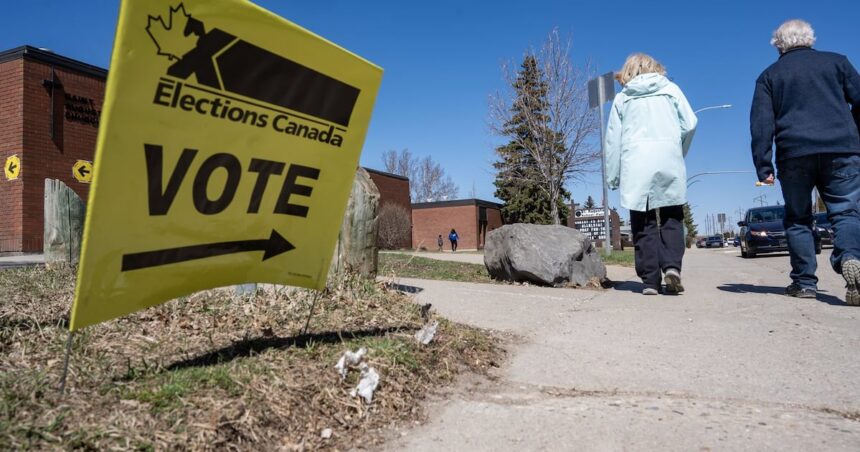As Canadians witness another federal election cycle where entire regions swing dramatically toward single parties, the call for electoral reform has reached a fever pitch. The familiar pattern of “blue walls” in the West and “red fortresses” in urban centers has once again left millions of voters feeling unrepresented despite casting valid ballots.
“Our current first-past-the-post system effectively silences diverse voices within regions,” explains Dr. Samantha Chen, electoral systems specialist at the University of Toronto. “When a party can win 100% of seats with just 40% of votes in a region, we’re not seeing true representation.”
The phenomenon was particularly stark in Alberta’s recent results, where Conservative candidates swept 33 of 34 available seats despite nearly 40% of voters supporting other parties. Similarly, in downtown Toronto, Liberal candidates dominated while Conservative voters—representing over a quarter of ballots cast—secured zero representation.
This disproportionate result has reignited debate around proportional representation, a system widely used internationally that allocates seats based on the percentage of votes each party receives across regions.
“Proportional representation would transform our political landscape,” notes Michael Torres of Fair Vote Canada. “Suddenly, Conservative voters in downtown Toronto and Liberal supporters in rural Saskatchewan would have their voices heard in Parliament.”
The renewed push comes as polling indicates nearly 70% of Canadians now support some form of electoral reform—a significant increase from 58% just five years ago. Support crosses party lines, with majorities of Liberal, Conservative, NDP, Green and Bloc voters all favoring change.
Prime Minister Jenna Williams has acknowledged the growing calls but remains cautious about implementation timelines. “We’re committed to examining electoral models that better represent Canadian diversity while maintaining regional connections,” she stated at a CO24 Politics press conference Tuesday.
Critics point to previous failed reform attempts, including the abandoned 2015 Liberal promise to make that election “the last under first-past-the-post.” However, reform advocates highlight successful provincial precedents to counter skepticism.
British Columbia’s Citizens’ Assembly model from 2004 has gained renewed attention as a potential framework. This approach utilized ordinary citizens selected through random stratified sampling to study electoral systems and make recommendations directly to voters through a referendum.
“The key difference now is we’re seeing the negative consequences of our current system more clearly than ever,” explains political scientist Dr. Richard Thompson from McGill University. “When entire regions become political monoliths despite significant diversity of opinion, governance suffers.”
Economic impacts also factor into the debate. A CO24 Business analysis found regions dominated by single parties often receive disproportionate federal investment, creating economic disparities that further entrench regional divisions.
Indigenous leaders have also joined calls for reform, noting the current system marginalizes First Nations voices. “Electoral reform represents a critical opportunity to advance reconciliation through more inclusive political structures,” stated Assembly of First Nations National Chief Mary Wilson.
As Parliament reconvenes next month, electoral reform legislation is expected to be tabled, potentially setting the stage for a fundamental reshaping of Canada News before the next election cycle. The question remains: will Canadians finally see an end to the regional voting patterns that have defined our politics for generations, or will this reform effort join the long list of abandoned democratic initiatives?














